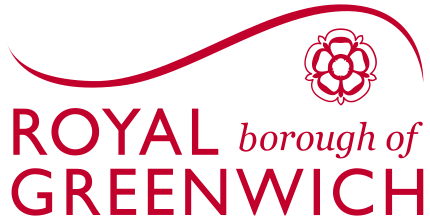Council tax bills 2021/2022 - introduction from the Leader
Dear resident,
COVID-19 has had a massive impact on us all. On our health and wellbeing, and on the way we live and work.
The pandemic has touched every aspect of the council’s work, and we will be at the front line as the country recovers. Businesses will need support to get back on their feet, schools will be supporting pupils who have been stuck at home for months and our social care services will help an increasing number of vulnerable residents.
Since 2010, the amount of money we receive from government has reduced significantly. This means that we are facing an estimated £150m pressure on our budgets – that’s over £1,000 per household.
It’s clear that many services will not be the same, and we’ll need to consider a wide range of options, if the government doesn’t provide the support we need. The government’s funding for councils assumes that we will put up council tax by the maximum 4.99%, which is what we are doing this year. For most people that means an increase of around £1.17 per week for a band D property. Even with this increase, we have an £11m shortfall which will mean redesigning services and generating new income to balance our books for 2021/22
But that doesn’t mean we’re not investing in making the borough a better place to live, work and grow up. We’re improving parks and green spaces, work is about to start on the Woolwich Leisure Centre site and hundreds of council homes are under construction as part of our Greenwich Builds programme. We’re also delivering our Carbon Neutral Plan to reach net zero emissions by 2030 – ten years ahead of the national target.
As well as keeping critical services going, we’ve set up new initiatives to support residents and businesses throughout the pandemic. Our Community Hub has helped thousands of residents who are self-isolating to access food and medicines as well as provide financial support. In December we launched Royal Greenwich Together for Winter to provide food boxes and meals for people and families on low incomes. And in February we launched a £3m fund to support our hospitality industry.
Last year we improved our council tax support scheme so if you’re on a low income or claiming benefits your bill could be reduced by up to 100%. Find out more about Council Tax Support.
You can also find advice and information on a range of benefits and other forms of financial help on our website.
I would like to remind residents that it’s important that you have your say on the issues that matter to you. Your views will help us build a fairer Royal Greenwich – sign up to our email to find out at about all our consultations.
Lastly, I want to pay tribute to the residents we’ve lost due to this terrible pandemic. With the development of the COVID-19 vaccination programme, I’m hopeful that we can all look forward to better days ahead.
Cllr. Danny Thorpe Leader,
Royal Borough of Greenwich
